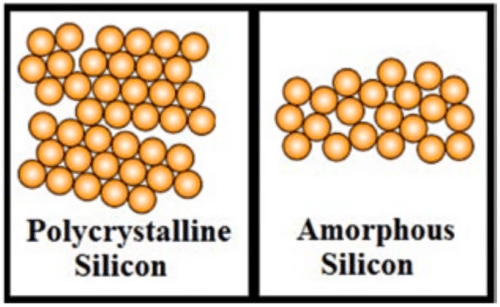Low-temperature polycrystalline silicon (or LTPS) LCD—also called LTPS TFT LCD—is a new-generation technology product derived from polycrystalline silicon materials. Polycrystalline silicon is synthesised at relatively low temperatures (~650°C and lower) as compared to traditional methods (above 900°C).
Standard LCDs found in many consumer electronics, including cellphones, use amorphous silicon as the liquid for the display unit. Recent technology has replaced this with polycrystalline silicon, which has boosted the screen resolution and response time of devices.
Row/column driver electronics are integrated onto the glass substrate. The number of components in an LTPS LCD module can be reduced by 40 per cent, while the connection part can be reduced by 95 per cent. The LTPS display screen is better in terms of energy consumption and durability, too.
LTPS LCDs are increasingly becoming popular these days. These have a high potential for large-scale production of electronic devices such as flat-panel LCD displays or image sensors.
Amorphous silicon lacks crystal structure, whereas polycrystalline silicon consists of various crystallites or grains, each having an organised lattice (Fig. 1).

silicon (Credit: Wikipedia)
Advantages of an LTPS LCD display are:
- Dynamic and rich colours
- Fast response and less reflective
- High picture resolution
Some of its disadvantages are:
- Deteriorates faster than other LCDs
- High cost







